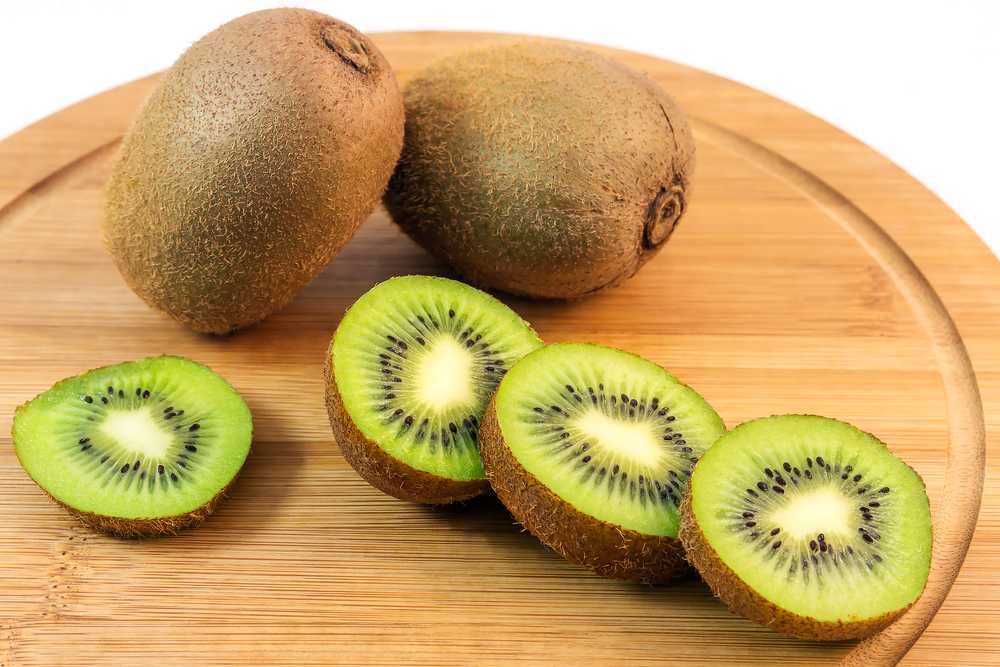Revealing the Taste: What Do Kiwis Taste Like-- A Taste buds Pleaser
Wiki Article
A Deep Study Kiwi Growing: Revealing the Techniques, Challenges, and Potential for Sustainable Farming
Are you thinking about the secrets behind successful kiwi cultivation? Look no more! In this write-up, we will certainly take you on a deep study the strategies, obstacles, and capacity for sustainable farming in the globe of kiwis. Discover the optimal expanding conditions, cutting-edge growing methods, and the lasting techniques that can open the complete capacity of kiwi farming. Prepare to uncover the hidden understanding that will certainly change your kiwi cultivation ventures.Ideal Expanding Conditions for Kiwi Plants

Cutting-Edge Growing Methods
GPS innovation permits for precise mapping and monitoring of the kiwi creeping plants, maximizing watering and fertilizing techniques to make sure that each plant obtains the needed nutrients and water. An additional innovative method is upright farming, which involves expanding kiwi plants in stacked layers utilizing synthetic lights and climate-controlled settings. By welcoming these advanced techniques, kiwi farmers can accomplish higher productivity, maximize resource use, and add to lasting farming techniques.Difficulties Encountered by Kiwi Farmers
Encountering countless obstacles, kiwi farmers have to navigate through numerous challenges to make sure effective growing and lasting farming methods. Kiwi plants need a particular environment to grow, with cool winters and cozy summertimes.An additional considerable obstacle for kiwi farmers is diseases and pests. Kiwi vines are vulnerable to a variety of insects, including mites, aphids, and thrips, which can harm the leaves and fruit. Additionally, conditions like Psa (Pseudomonas syringae pv. actinidiae) and botrytis can significantly influence kiwi production. Farmers should employ incorporated insect management techniques, such as routine monitoring, biological control methods, and correct hygiene, Related Site to manage and prevent pest and illness outbreaks.
Kiwi growing requires labor-intensive activities, such as pruning, trellising, and harvesting. Finding proficient laborers who are experienced concerning kiwi farming techniques can be tough.
Lasting Farming Practices for Kiwi Cultivation

To guarantee lasting kiwi growing, you can apply an array of techniques that advertise ecological stewardship and long-term viability of your farm. One important practice is making use of organic fertilizers and pest management techniques. By avoiding artificial chemicals and rather selecting all-natural options, you can lessen the unfavorable effect on soil health and biodiversity. Additionally, view it it is essential to practice liable water monitoring. Kiwi plants call for a considerable amount of water, but excessive watering can cause water waste and soil erosion. Carrying out effective irrigation systems, such as drip watering or accuracy sprinklers, can help preserve water and enhance its usage. Another lasting farming method is the use of cover plants. These plants not only aid stop soil disintegration however also boost dirt fertility by adding raw material and fixing nitrogen. webpage In addition, applying integrated parasite administration techniques can significantly minimize the need for chemical pesticides. By motivating natural predators, using pheromone catches, and practicing plant rotation, you can successfully control bugs while reducing ecological harm. Lastly, adopting sustainable power practices, such as using solar energy or investing in energy-efficient innovations, can decrease your farm's carbon footprint and add to a more lasting kiwi farming system.
Unlocking the Prospective of Kiwi Farming
By executing sustainable farming techniques, you can unlock the full possibility of kiwi farming while lessening ecological impact. Kiwi farming has immense potential for growth and success, however it likewise includes its own set of challenges. To fully unlock this potential, it is essential to adopt sustainable techniques that not just optimize return and high quality however also ensure long-term viability.One trick facet of opening the capacity of kiwi farming is optimizing irrigation practices - what do kiwis taste like. Kiwi plants call for a details quantity of water to flourish, and by utilizing efficient watering systems such as drip watering or precision lawn sprinklers, you can decrease water waste and decrease the risk of waterlogging or dirt disintegration
Another important variable is dirt health management. Healthy and balanced and productive soil is important for the development and advancement of kiwi plants. By executing techniques such as cover chopping, crop turning, and organic fertilizing, you can enhance soil framework, enhance vitamins and mineral accessibility, and minimize the demand for chemical inputs.
Additionally, incorporated bug management (IPM) strategies are important in opening the potential of kiwi farming. By taking on IPM techniques such as organic insect control, scent traps, and plant monitoring, you can successfully manage bugs and conditions while reducing using chemical pesticides.
Final Thought
In verdict, kiwi growing holds fantastic prospective for lasting farming techniques. With optimal growing problems and an emphasis on sustainable techniques, kiwi farming can thrive while reducing ecological influence.Discover the optimum growing conditions, advanced growing methods, and the lasting methods that can open the complete possibility of kiwi farming. By welcoming these sophisticated techniques, kiwi farmers can achieve greater productivity, optimize resource utilization, and contribute to sustainable farming practices.
Facing numerous challenges, kiwi farmers must browse via numerous barriers to make certain effective growing and sustainable farming methods.By executing sustainable farming practices, you can open the complete possibility of kiwi farming while lessening ecological effect.In conclusion, kiwi cultivation holds great possible for lasting farming methods.
Report this wiki page